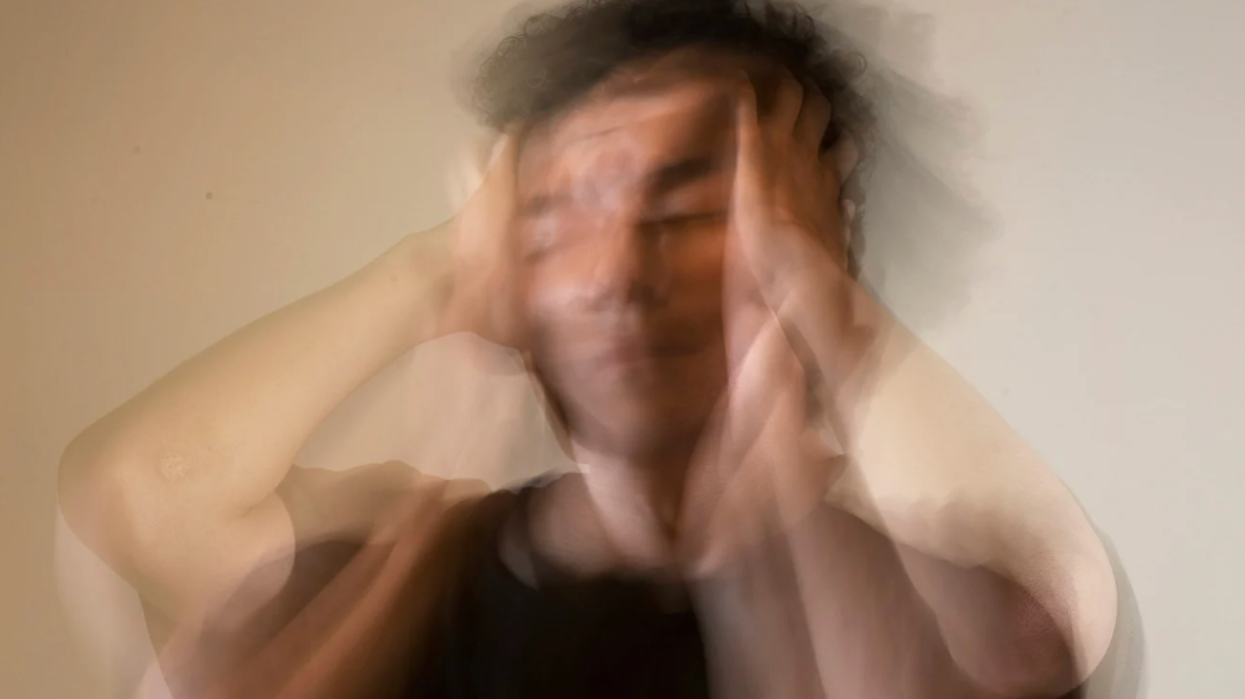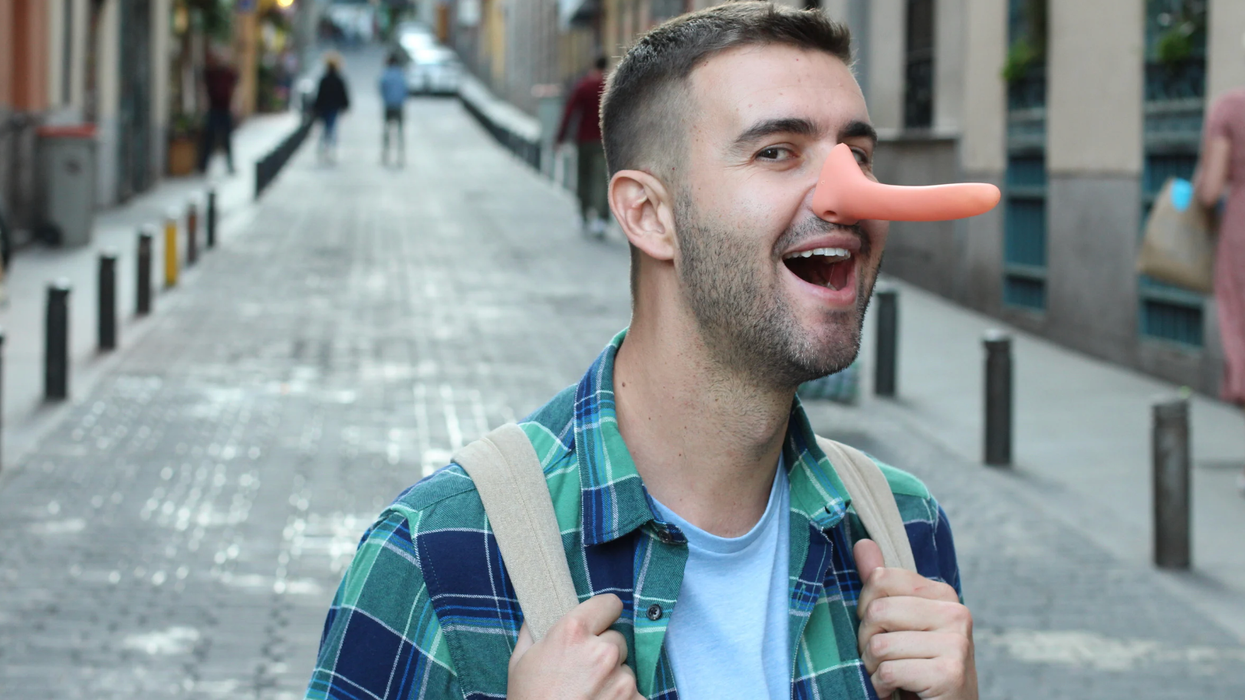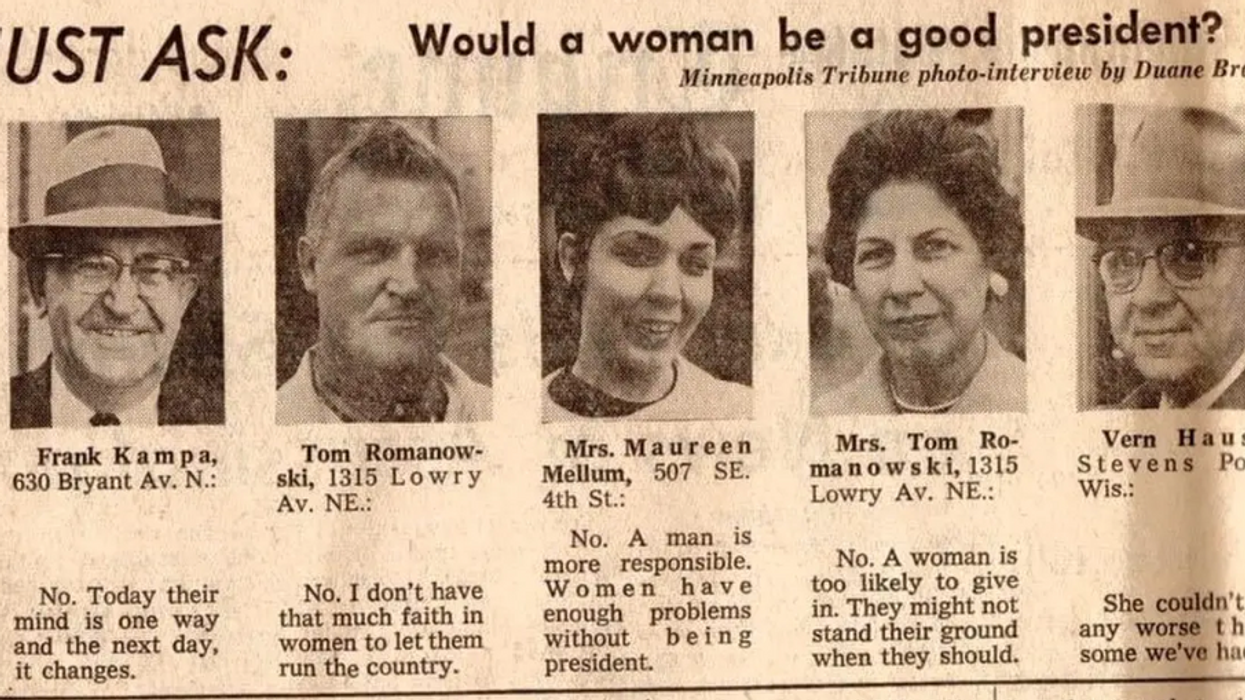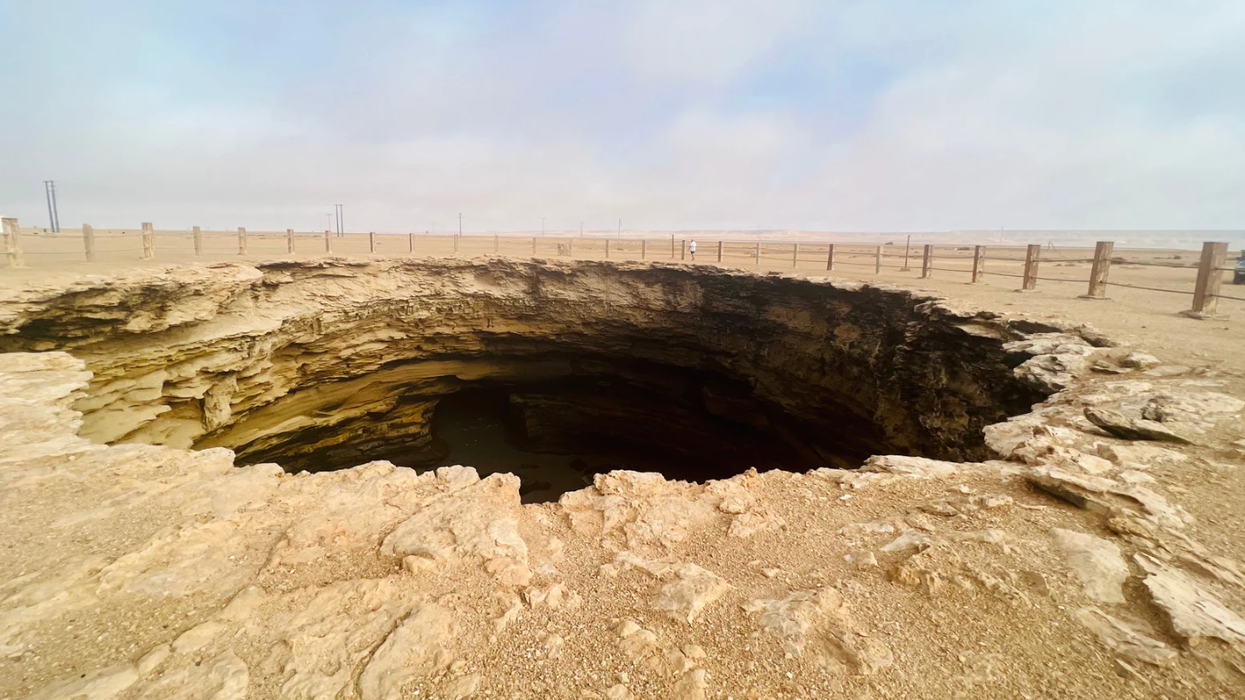Budapest-based design student Barbara Bernát came up with a rather clever project for her master’s thesis at the University of West Hungary: a flora and fauna-inspired concept for the Hungarian euro (which does not currently exist). As Bernát’s fictional bills increase in value, so does their size—along with the size of the wildlife represented. (You’ll get a lizard for five Euros and a deer for 100. Flip them both over and you’ll go from grass to oak, respectively.)
When embarking on her project, Bernát decided to imitate an old technique for printing banknotes that’s still in process today, a method called intaglio printing. Though the aesthetic here is more stripped down than most actual currency—and thus seemingly easier to counterfeit—the concept’s security feature is the best part, revealing the skeleton of each animal under UV light.
Click through the gallery to get a closer look at one of the coolest thesis projects in recent memory.
(h/t This is Colossal)
Images used with the permission of Barbara Bernát. Photography by Richárd Kelemen.
















 Robin Williams performs for military men and women as part of a United Service Organization (USO) show on board Camp Phoenix in December 2007
Robin Williams performs for military men and women as part of a United Service Organization (USO) show on board Camp Phoenix in December 2007 Gif of Robin Williams via
Gif of Robin Williams via 
 People on a beautiful hike.Photo credit:
People on a beautiful hike.Photo credit:  A healthy senior couple.Photo credit:
A healthy senior couple.Photo credit:  A diverse group of friends together.Photo credit:
A diverse group of friends together.Photo credit:  A doctor connects with a young boy.
A doctor connects with a young boy.  Self talk in front of the mirror.Photo credit:
Self talk in front of the mirror.Photo credit:  Lightbulb of ideas.Photo credit
Lightbulb of ideas.Photo credit 

 Superstructure of the Kola Superdeep Borehole, 2007
Superstructure of the Kola Superdeep Borehole, 2007 

